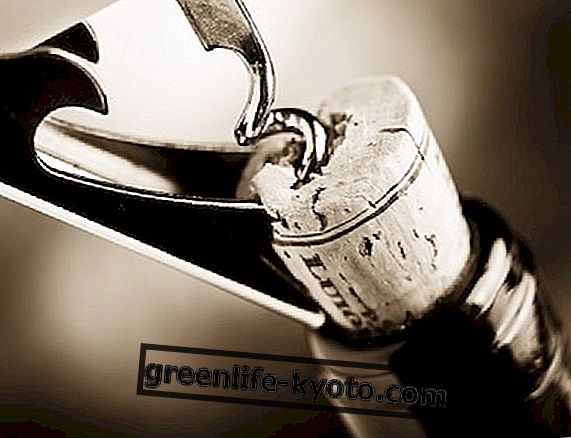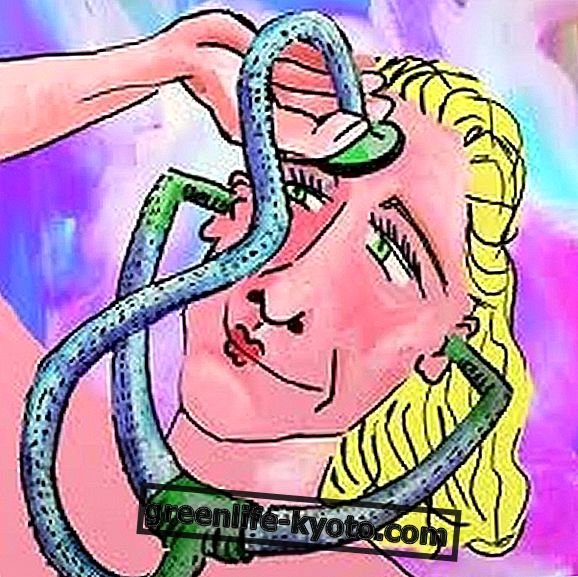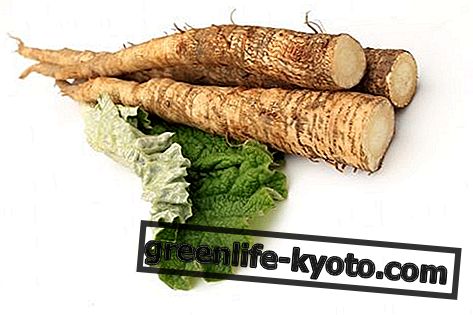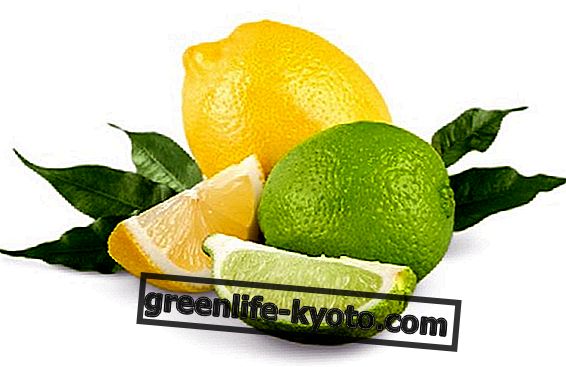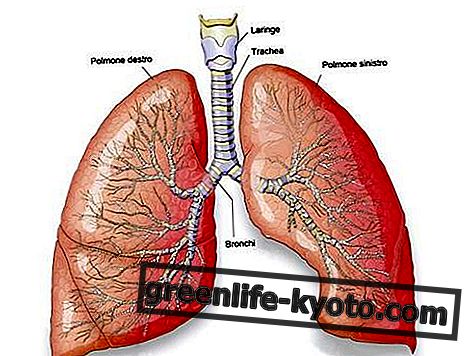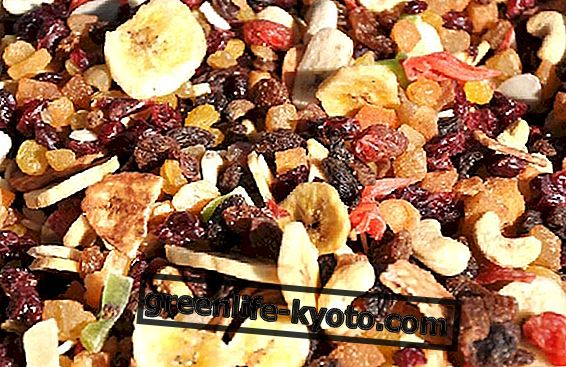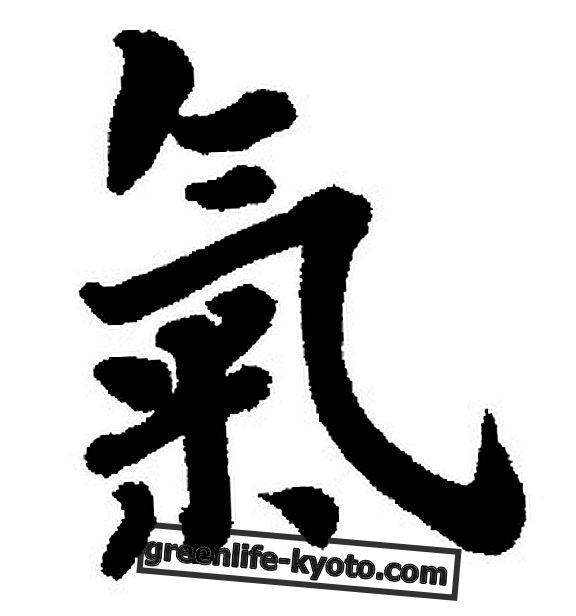
You should thoroughly cleanse your face, in the morning and evening, with a product that is suitable for your skin type.
Evening face cleansing is also important when you don't wear make-up to remove all dust and pollution that has accumulated during the day; in this way the skin of the face will breathe better and will be healthier and more beautiful.
Natural products for facial cleansing
A completely natural product, suitable for daily facial cleansing, is hazelnut oil, indicated for oily and impure skin. It can be used as a real cleanser and even as a make-up remover: it purifies, has an astringent action, helps regulate sebum production and is quickly absorbed. Another natural cleanser suitable for cleaning oily skin is chamomile .
Those with dry skin can use olive oil or sweet almond oil . The latter is also suitable for the eye area as it can also remove pencil and mascara.
Normal skin? Try these essential oil mixtures
Periodic facial cleansing
Periodically, more or less once every 40/45 days, a deeper facial cleaning should be done to eliminate dead cells and promote cell renewal . Here's how it can be done, in a natural and effective way, in 3 phases.
Step 1: cleansing
After thoroughly cleansing the face, boil water. Pour it into a bowl and put a sachet of chamomile in it . Make the vapors for 5-7 minutes and dab with a soft towel. After having the pores dilated well, it is possible to remove the blackheads with the help of a tissue: the nail must not come into direct contact with the skin.
Step 2: the scrub
To prepare a natural scrub, you can make a preparation at home by mixing a natural exfoliant (salt, sugar, oatmeal) with an oil suitable for your skin type or with honey.
Even natural products can cause unwanted reactions; it is therefore advisable to try the preparation on a small area of skin and wait a few minutes to test its tolerance. The scrub, even if natural, should not be done too often and in any case should never be applied around the eyes or around the lips, two particularly delicate areas that should always be treated with extreme care; skin damage could be very serious. Those with very delicate facial skin should pay particular attention to the use of scrubs.
Step 3: the mask
After having cleaned and exfoliated your face you can make a mask. Here are two recipes, one for impure and mixed skin, the other for sensitive or normal skin.
Mask for impure and mixed skin
Remove the outer leaves of a fresh artichoke and take only the heart. Hold it for about ten minutes in water and lemon juice and then blend it. Add a tablespoon of natural yoghurt to the pap.
Apply the natural mask on the face avoiding lip contour and eye area. Hold for 10-12 minutes and rinse with warm water, using a delicate sponge.
Mask for sensitive or normal skin
Add a tablespoon of yogurt to a boiled and mashed potato. Apply to face and neck and hold for 15-20 minutes. Rinse with warm water, using a delicate sponge.
After cleansing the face, a moisturizing and nourishing moisturizer should be used for normal skin types, sebum-balancing for oily and impure skin .




